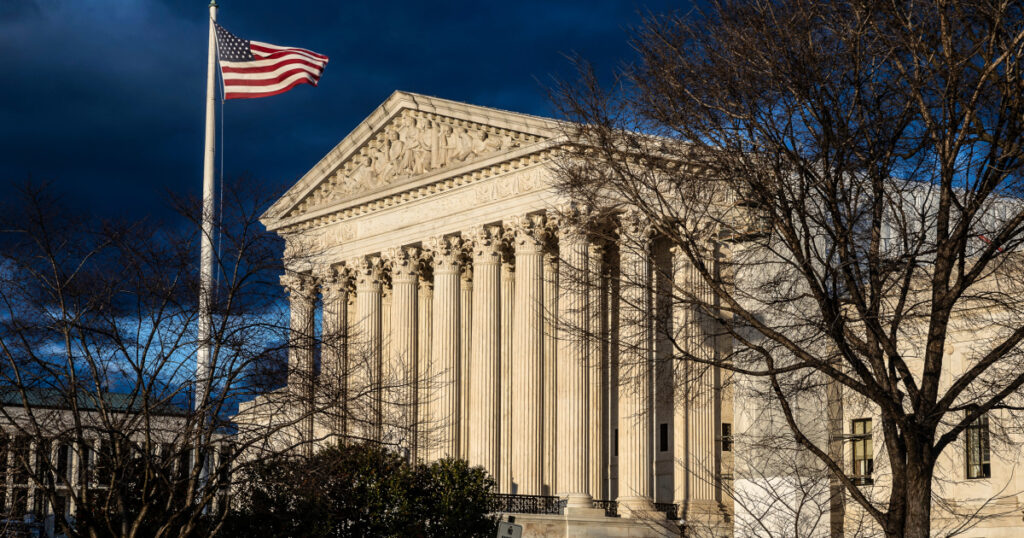Last month, I noted that Justices Samuel Alito and Ketanji Brown Jackson took different approaches to their recusals from cases before the high court: Jackson explained hers, while Alito did not. Fast-forward to Tuesday’s order list, which displays a fuller party-line split, with Democratic appointees explaining their recusals and Republican appointees failing to do so.
Jackson and Justice Elena Kagan noted their reasons for not participating in cases on Tuesday’s list. Alito, Justice Amy Coney Barrett and Chief Justice John Roberts, all GOP appointees, did not.
And what were the justices’ reasons? When it comes to Kagan and Jackson, they told us. Kagan, for example, cited a provision in the justices’ code of conduct for prior government employment related to the cases she recused herself from. Kagan was previously the U.S. solicitor general.
As for Barrett, Alito and Roberts, we’re left to wonder. Does it mean those three justices are hiding something? That would be a weird way to do so, because they could have just not noted their recusals at all (which, of course, would be the wrong thing to do). That makes it even sillier that they didn’t simply explain themselves.
Take Barrett’s case. Searching the court’s docket shows that it came from the U.S. Court of Appeals for the 7th Circuit. That’s where Barrett sat before her high court appointment, so prior involvement in the matter could be the reason why. But again, we’re left to speculate.
The court’s begrudging adoption of a code of conduct came after public outcry amid various scandals and a general lack of transparency. Explaining recusals in cases the justices aren’t even taking up is small ball in the context of the court’s decisions on abortion, guns and the like. But a split among which justices choose to play the game creates needless problems of its own.
Read the full article here





